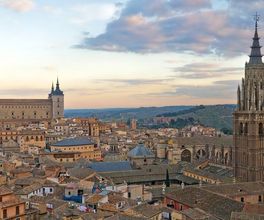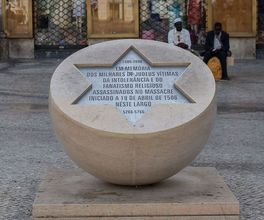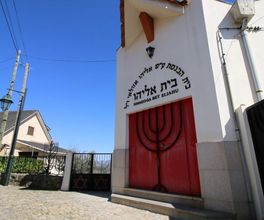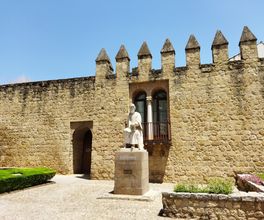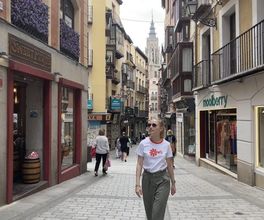




About this experience
Long ago, Toledo was considered the Spanish Jerusalem. This was due to the prosperity of the 'Jewish quarter', which at that time was home to over a dozen synagogues. During the tour, you will visit the preserved monuments of that time and get acquainted with the culture of Spanish Jews.
Jews of Toledo
The 'quarter' itself was surrounded by a wall and was considered a 'city within a city'. The Jews who lived here were engaged in sciences, crafts, agriculture, commerce, and finance. The Jewish community of Toledo had much to be proud of: famous translators from various languages worked here, doctors, grammarians, great poets and philosophers like Judah ha-Levi and Ibn Ezra Abraham created works that inspire creative exploration and deep understanding of the world. The Jews of Toledo were very educated, cultured, and enterprising people who were highly respected by representatives of other faiths.
In addition, the Jewish quarter was the richest in Toledo, for which it paid the price in the future. Persecutions of the Jews under Christian rule led to a sharp reduction in their community, and in 1492, by the decree of the Catholic Monarchs, they were finally expelled from the country. At the same time, it was ordered to destroy the Jewish quarter in Toledo. Only two synagogues have survived to this day. But even the remaining monuments are considered the most significant in Europe.
Program
We will walk through the places where the inhabitants of this city walked a thousand years ago. You will see exactly the same picture that was in view of the medieval residents of Toledo.
Santa Maria La Blanca Synagogue - one of the largest synagogues in Toledo and the oldest in Europe. It was built in the late 12th century in the very center of the Jewish quarter. Burned down at the end of the 14th century, it was restored and first used as a barracks, then as a woodshed, and only then as a church. Despite there being 9 other Jewish sanctuaries in Toledo, this temple was designated as the Main Synagogue (Sinagoga Mayor) of the city. Currently, the former Jewish and Christian temple is managed by a female monastery community. However, no services are held here. Now this unique shrine is constantly open to visitors. Various events 'Jewish Culture Days' and temporary exhibitions are periodically held here.
Transito Synagogue Founded in the 14th century by the treasurer of King Pedro I the Cruel, Samuel ha-Levi. After the expulsion of the Jews from Spain in 1492, it was transformed into the Church of the Assumption, and today it houses the Sephardic Museum (Museo Sefardi 'Sepharad' in Hebrew means Spain), which presents Spanish Jewish culture from its origins to the present day. The exterior of the building is done in the characteristic mudéjar style of Toledo, but the luxury and beauty of the interior decoration are simply stunning.
Monastery of San Juan de los Reyes Founded by the Catholic Monarchs Isabella and Ferdinand in memory of the victory over Portugal at the Battle of Toro (1476) and intended for the royal burial site. Therefore, the walls of the main monastery church are decorated with the coats of arms and heraldic shields of the kings, although they themselves are buried in Granada. Like most buildings in Toledo, the monastery combines Moorish and Gothic styles, with the internal courtyard of the monastery being particularly interesting, built in 1504, and decorated with Gothic stone carving. On the walls of the palace hang the shackles of Christian prisoners liberated from Moorish captivity by the Catholic monarchs.
Church of Santo Tomé It is here that the painting 'The Burial of the Count of Orgaz' is kept, before which people reverently bow as before a sacred relic of the church.
And much more.
